I purchase a lot of date viewing private healthy protein family to the objective to help our understanding of their development, structure and setting.
Nitrogen regulatory (PII) proteins are signal transduction molecules involved in controlling nitrogen metabolism in prokaryots. PII proteins integrate the signals of intracellular nitrogen and carbon status into the control of enzymes involved in nitrogen assimilation. Using elaborate sequence similarity detection schemes, we show that five clusters of orthologs (COGs) and several small divergent protein groups belong to the PII superfamily and predict their structure to be a (???)2 ferredoxin-like fold. Proteins from the newly emerged PII superfamily are present in all major phylogenetic lineages. The PII homologs are quite diverse, with below random (as low as 1%) pairwise sequence identities between some members of distant groups. Despite this sequence diversity, evidence suggests that the different subfamilies retain the PII trimeric structure important for ligand-binding site formation and maintain a conservation of conservations at residue positions important for PII function. Because most of the orthologous groups within the PII superfamily are composed entirely of hypothetical proteins, our remote homology-based structure prediction provides the only information about them. Analogous to structural genomics efforts, such prediction gives clues to the biological roles of these proteins and allows us to hypothesize about locations of functional sites on model structures or rationalize about available experimental information. For instance, conserved residues in one of the families map in close proximity to each other on PII structure, allowing escort services in Lancaster for a possible metal-binding site in the proteins coded by the locus known to affect sensitivity to divalent metal ions. Presented analysis pushes the limits of sequence similarity searches and exemplifies one of the extreme cases of reliable sequence-based structure prediction. In conjunction with structural genomics efforts to shed light on protein function, our strategies make it possible to detect homology between highly diverse sequences and are aimed at understanding the most remote evolutionary connections in the protein world. PDF
It dating, when you look at the conino acidic resemblance comprising the whole period of the brand new series, implies that this new bend of one’s person OGT contains a couple of Rossmann-like domain names C-critical with the TPR part
This new O-linked GlcNAc transferases (OGTs) are a lately classified gang of mainly eukaryotic minerals one incorporate just one beta-N-acetylglucosamine moiety to certain serine or threonine hydroxyls. During the humans, this process is section of a sugar controls process otherwise mobile signaling pathway that’s involved in many essential disease, eg diabetes, cancers, and neurodegeneration. not, no architectural factual statements about the human OGT can be obtained, apart from the latest identification from tetratricopeptide repeats (TPR) within Letter terminus. The metropolises regarding substrate binding internet sites are not familiar and also the architectural cause for which enzyme’s means isn’t obvious. Here, remote homology was advertised amongst the OGTs and you may a large group of varied sugar running enzymes, along with proteins with known construction instance glycogen phosphorylase, UDP-GlcNAc 2-epimerase, in addition to glycosyl transferase MurG. A protected theme on the 2nd Rossmann website name items to the brand new UDP-GlcNAc donor binding webpages. This achievement was backed by a mixture of statistically high PSI-Great time moves, consensus secondary build forecasts, and you will a flex detection strike to help you MurG. On the other hand, iterative PSI-Great time databases queries show that protein homologous into the OGTs function a huge and you may diverse superfamily that’s called GPGTF (glycogen phosphorylase/glycosyl transferase). Around one-third of the 51 useful families throughout the CAZY database, an excellent glycosyl transferase class plan considering catalytic residue and you will series homology factors, would be harmonious from this popular predicted fold. 4% of all of the non-redundant sequences and you will regarding step one% out-of necessary protein about Escherichia coli genome are located to fall-in on GPGTF superfamily. PDF
